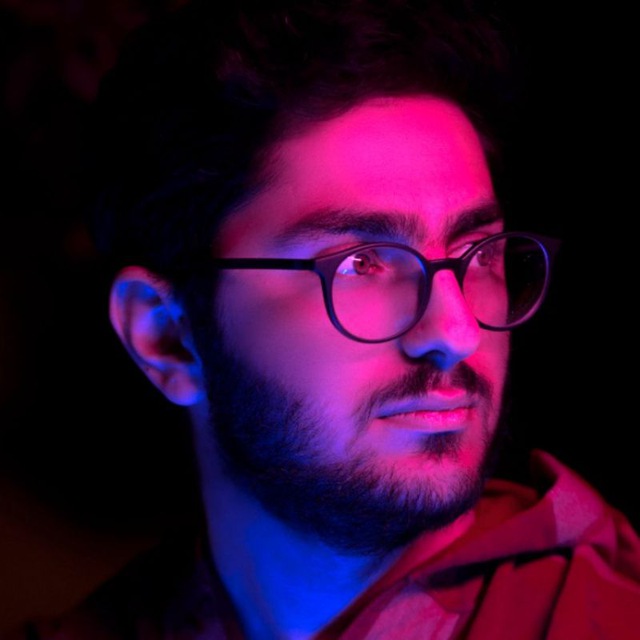Coding, at its core, is much more than a technical skill—it’s a unique blend of creativity, logic, and craftsmanship. While some may see it as a series of commands written to make machines perform tasks, in reality, it’s a powerful medium through which we can build, innovate, and shape the future. The art of coding lies in its ability to turn abstract ideas into tangible digital realities, and in this way, it shares many similarities with traditional forms of art.
Coding as a Creative Process
When most people think of art, they picture paintings, sculptures, or music. However, coding can be just as creative. Whether you’re building a website, developing an app, or creating complex algorithms, each project begins with an idea, a vision of what you want to bring to life. Just like an artist starts with a blank canvas, a coder starts with an empty file, and the possibilities are limitless.
Creativity in coding often comes from problem-solving. How can you make your code more efficient? How can you design a user experience that feels intuitive? How can you translate a real-world problem into a digital solution? Every choice a programmer makes reflects creativity, from the architecture of the codebase to the user interface that people interact with.
Balancing Logic and Beauty
One of the most fascinating aspects of coding is the balance it requires between logic and aesthetics. On one hand, code must be logical—it has to work. It needs to follow rules, be syntactically correct, and accomplish its intended function. But on the other hand, there is a beauty in writing clean, efficient, and readable code.
Just like a well-constructed sentence in literature or a finely tuned piece of music, great code has flow and structure. A skilled programmer can look at a piece of code and appreciate its elegance, even if its function is as simple as sorting a list or printing a message. There’s beauty in finding the simplest, most efficient solution to a complex problem, much like the satisfaction an artist feels when their piece finally comes together.
The Pursuit of Mastery
In both coding and art, mastery comes with time and practice. You don’t start out writing perfect code—far from it. The journey to becoming a skilled coder involves many challenges, errors, and revisions, just like an artist refining their technique over years of dedication. Every bug fixed, every feature added, and every line optimized is a step towards mastery.
Additionally, much like artists explore different mediums, coders have a vast array of programming languages, tools, and frameworks to choose from. Each language has its own syntax, style, and strengths, and learning these is part of the coder’s journey to mastery. Whether it’s Python for machine learning, JavaScript for web development, or Swift for iOS apps, every language brings something different to the table, expanding a coder’s creative toolbox.
Coding’s Impact on the World
What sets coding apart from traditional art forms is its ability to directly shape the way we interact with the world. Think about how much of our daily lives is influenced by software. From the apps on our phones to the websites we browse, and even the technologies driving our cars or healthcare systems, code is the foundation.
And with this foundation, coders become the architects of the digital world. Each program written has the potential to impact millions of lives, whether through a simple app that helps people manage their day or through a revolutionary algorithm that advances science and technology. This level of influence is what makes coding such a powerful and meaningful craft.
Coding is for Everyone
One of the most beautiful things about coding is that anyone can learn it. Much like anyone can pick up a pencil and start drawing, anyone can open a text editor and start coding. You don’t need a formal education to create something amazing with code—just curiosity, perseverance, and a desire to learn.
In fact, coding is one of the most accessible creative outlets available today. There are endless free resources, tutorials, and communities ready to support anyone who wants to start their coding journey. And as with any art form, the more you practice, the better you get.
The Future of Coding: Endless Possibilities
As technology continues to evolve, the role of coding will only become more central to our lives. Artificial intelligence, virtual reality, and other emerging fields all rely on the work of programmers. Coders are the ones pushing the boundaries of what’s possible, creating the tools and technologies that will shape the future.
Coding is not just about writing instructions for computers to follow—it’s about innovation, problem-solving, and creative expression. Every line of code written today is building towards a future we can’t yet imagine. And that’s what makes it such an exciting and fulfilling craft.
Conclusion: Embrace the Art of Coding
In the end, coding is as much an art as it is a science. It requires creativity, attention to detail, and a passion for solving problems. It’s a craft that can be both intellectually challenging and deeply rewarding. For those who embrace the art of coding, the possibilities are endless.
Whether you’re a beginner just learning to code or a seasoned developer working on complex projects, remember that coding is more than just a technical skill. It’s a form of expression, a way to bring your ideas to life, and a tool for shaping the world around you. So, embrace the creativity in coding, and let your imagination run wild.
